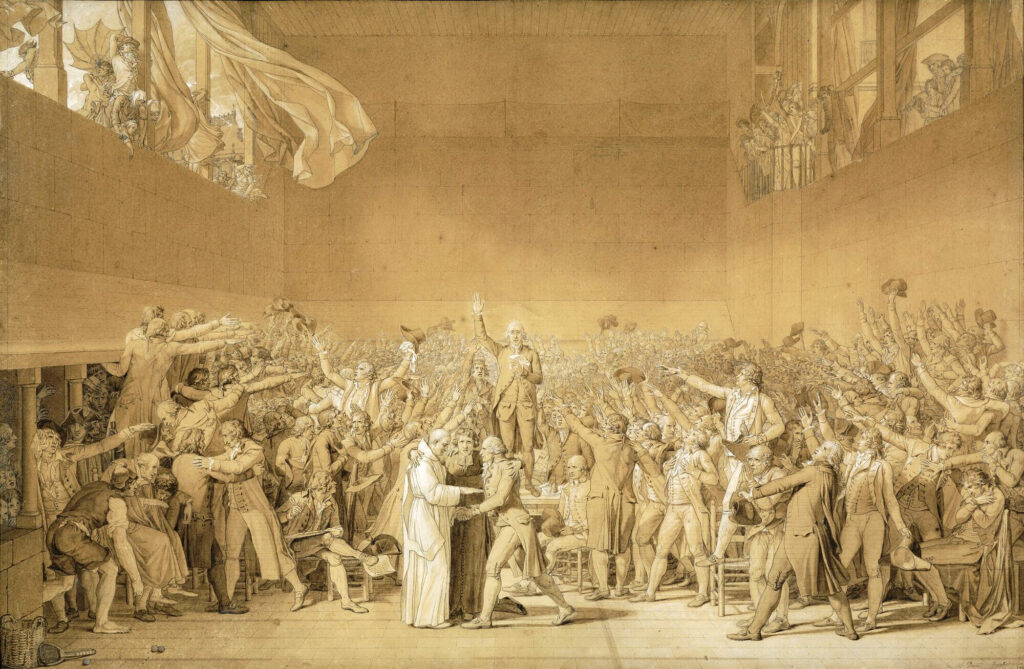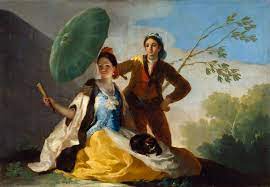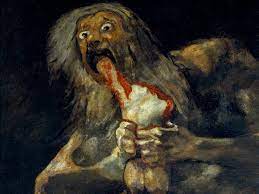The worst of physical oppression can create some of the freest minds. At times, freedom can even be born from shackles with art being the medium to retell its story. While freedom can be subjective, I have always found myself enamored with the idea of freedom but also the idea of obtaining it from a mental standpoint. Being the youngest of five sons, and with my brother of the nearest age still seven years older than me, I quickly realized that there were many people with greater influence than me. Sometimes I even felt like I had no say or opinion in family matters. I was the youngest, making me the weakest in physical strength and resulting in me automatically getting labeled as the most immature or less knowledgeable. Being completely aware of the little freedom I had due to my age disadvantages I found refuge in school and the academic world. I found a safe space in academics as it was the only place where I would not be judged for my age but rather for the results I produced. At least, that was what I believed, and eventually realized that I would only be able to move forward/advance based on my time in school and my growing age. Where I believed I had the freedom to express myself turned out to be a place where I was shackled by something I could not control, time.
During the reign of Carlos or Charles IV of Spain, people were shackled and controlled by an ultra-conservative rule. Many people saw a decline in the forward-thinking and progressive movements in various sectors such as education, that had been previously established by the father of Charles IV, and the previous King of Spain Carlos/Charles III. Charles III’s efforts and strive towards greater freedom of the mind by bringing forward enlightenment thinking to Spain almost appear to be in vain, as all of it was quickly destroyed by his successor who was only interested in his pleasure. However, this was not the only place in which the people’s need for freedom and progress was ignored. During the same period of Charles IV’s rule, but in France, the people rose against their pleasure-driven king and noblemen in an attempt to better their lives. This event was the french revolution from which we saw the birth of the natural rights of man by Rousseau and an overall increase in independent thinking. Among such independent thinkers came powerful political figures like Simon Bolivar, Miguel Hidalgo, Napoleon Bonaparte, George Washington, and many more. However, with such a revolution of thinking also came many independent thinkers who chose to portray it and retell the story of a revolution and fight for freedom. Among such storytellers was Francisco Goya who, as said by Carlos Fuentes, not only introduced the aristocracy to the common folk but also portrayed the horrors of war.

Having given up to the shackles of time, I found myself looking for mental freedom once again during my time in middle school. Being in JROTC and learning about the importance of discipline and rules. I was able to become class commander becoming in charge of my peers and their needs. Knowing I had standards to meet and responsibilities to carry I was shackled. At the time I did not hate being tied down by my responsibilities in JROTC, rather I was comfortable being bound by rules and discipline. My mindset was that of the Spanish people when Napoleon invaded and conquered the Spanish; “Vivan las cadenas” or “Long live the chains”. My chains were made of comfort, and so were the chains of the Spanish during the invasion of Napoleon. Yet, not all people were against the change and discomfort that was to be brought.
Goya at the time of the invasion of Spain by Napoleon was the court painter of Charles III and later to his son Charles IV. As a court painter, Goya lacked the freedom to express himself and paint what he wanted. Instead, Goya had to try to paint in a way to please the subjects of his paintings. This was even more apparent in his earlier paintings in which he was still finding his style and looked to please buyers and other artists. Eventually developing his style based on his three greatest influences, who he determined to have been “Velazquez, Rembrandt, and nature”. Certain characteristics could be seen in most of his early work, or as I will label it, his: shackled art. Some of those features were the use of warmer tones and an overall warm and positive outlook even with the lack of expressive liberty.

During my time in middle school, shortly after being invited into my middle school’s JROTC team and declining, I found myself in search of my lost freedom. As for my decline from JROTC, it was due to me realizing that even if I enjoyed the discipline and structure that came with such a program I would not be happy. JROTC was a place in which individual freedom and creativity were limited. Instead, I would turn to two different outlets. In sports such as soccer and football, I was able to find physical freedom, and in writing, I was able to find creative freedom. While playing games and even during practice, I was given multiple opportunities to experiment and develop my talents in the ways I chose and deemed best fit my style. Getting a journal was the greatest form of freedom I was able to discover at the time since it was nothing but me and the paper. Even within soccer and football, I still had other factors and things outside of my control to worry about, but when I was writing all I had to worry about was finding the time to write. I had complete freedom of choice. Complete creative control over my writing with nothing but the borders of my paper as limits. The moment I removed the shackles, I realized that what I wrote were the parts of me I would not speak of. I was happy writing, I felt a calmness, enjoyment, and excitement just from running my pencil across the page. What I felt was nothing but pure white joy, but what I wrote was dark and negative.
During Goya’s second or later stages as an artist when he finally had complete expressive liberty it was the birth of his darker and more critical paintings. Some of such paintings include the “Black Paintings” and the “Disasters of War”. One of the most notable is that of “Saturn devouring one his son”. It is important to recognize that at this time it is believed that Goya was suffering in his mental health likely from age, what he witnessed during the war, and being exiled from Spain. That aside, freedom does not always mean that it will improve the situation. Similarly, the lack of freedom does not make a situation worse. Given freedom, my writing and expression of it became darker like that of Goya’s paintings, but that does not take away from the narrative and story being portrayed or told. Not all stories will have a positive nature, yet they are still part of a larger narrative. One that can only be told when the freedom to be fully expressed is given to it.

Reflection:
For this project, I decided not to translate a piece, but instead re-write the entire piece. I followed the same structure and the subject did not change. What I wanted to see was whether writing the same piece separately caused changes in the content or how the text could be perceived such as in tone or other ways. While I don’t think there were drastic differences considering I was writing on the same topic, I was able to identify differences in content and slight changes in my approach, or differences in what I spoke of during the most personal parts of the essay. The clearest difference I could identify is that my essay in Spanish seems to have more detail or extra information in the more personal sections, such as when talking about my notebook and LCDC. On the other hand, the piece in English seems to me to be more focused on the larger or main ideas of the essay and does not have as much detail as the Spanish version. While the differences were not as drastic as I expected, I think that if my essay was to be more personal I would be able to see more clear distinctions in what I decide to talk about or my approach in general between the two languages.
Image Sources:
- “Tennis Court Oath.” Wikipedia, Wikimedia Foundation, 15 May 2023, en.wikipedia.org/wiki/Tennis_Court_Oath. Accessed 17 May 2023.
- “The Parasol.” Wikipedia, Wikimedia Foundation, 21 Apr. 2023, en.wikipedia.org/wiki/The_Parasol. Accessed 17 May 2023.
- “Saturn Devouring His Son.” Wikipedia, Wikimedia Foundation, 20 Apr. 2023, en.wikipedia.org/wiki/Saturn_Devouring_His_Son. Accessed 17 May 2023.